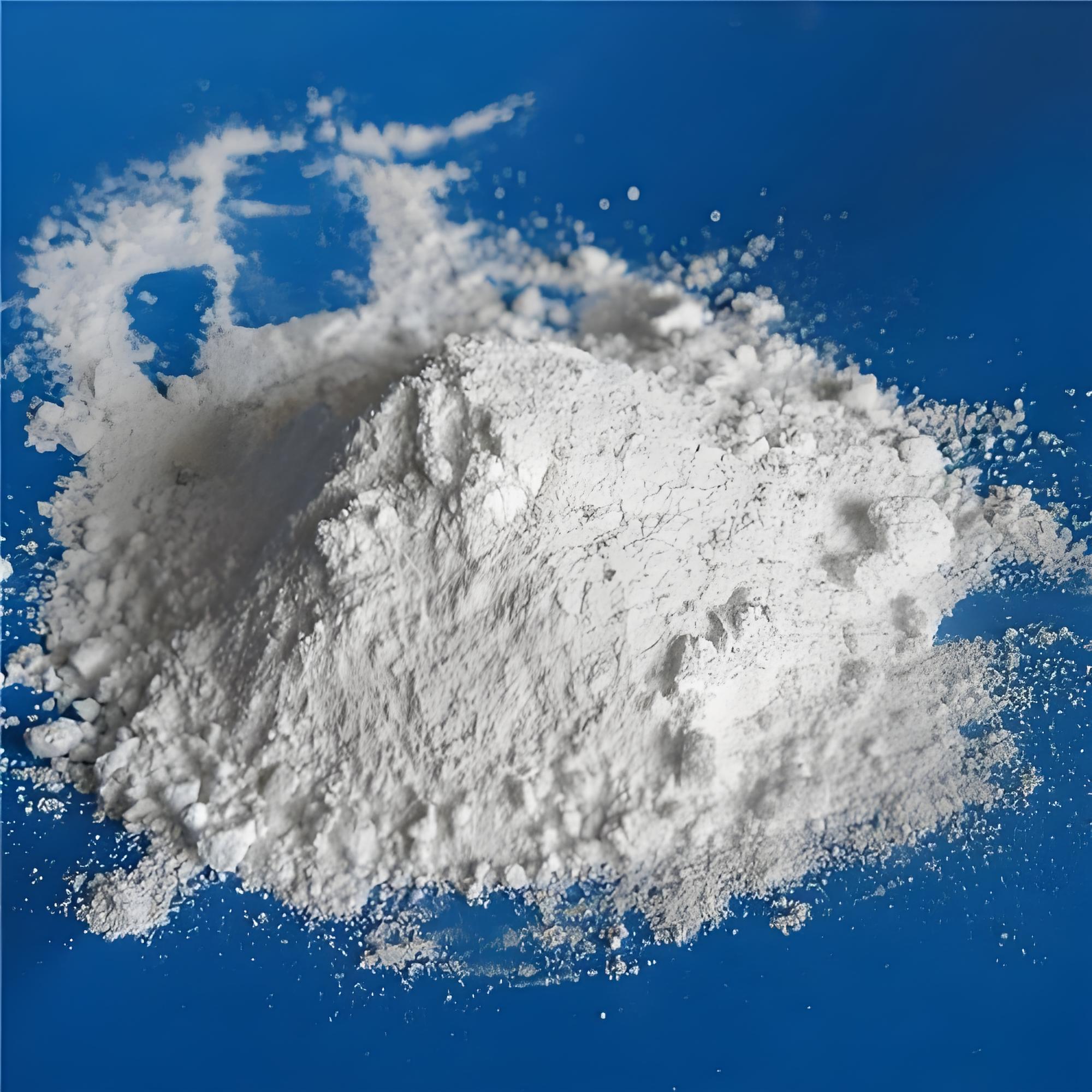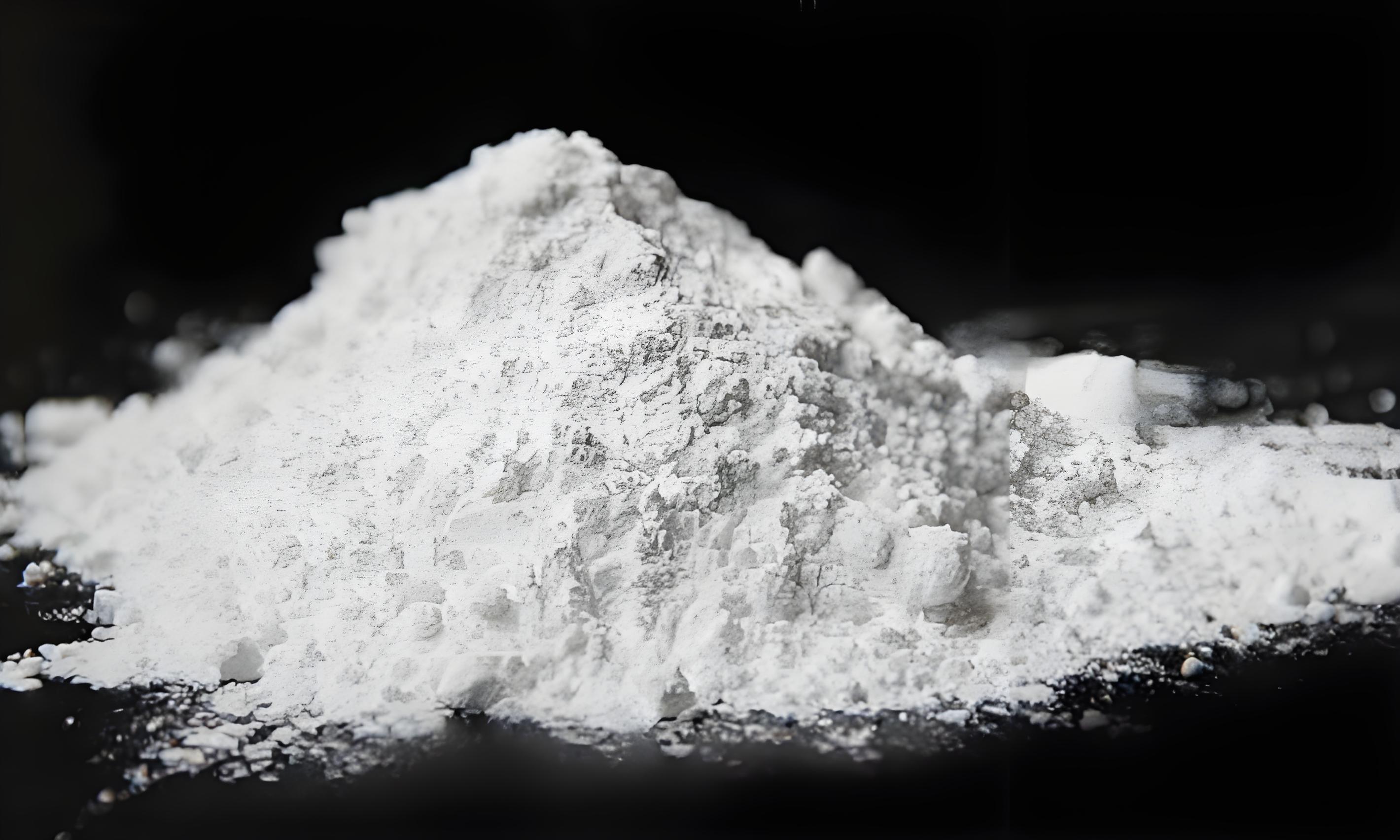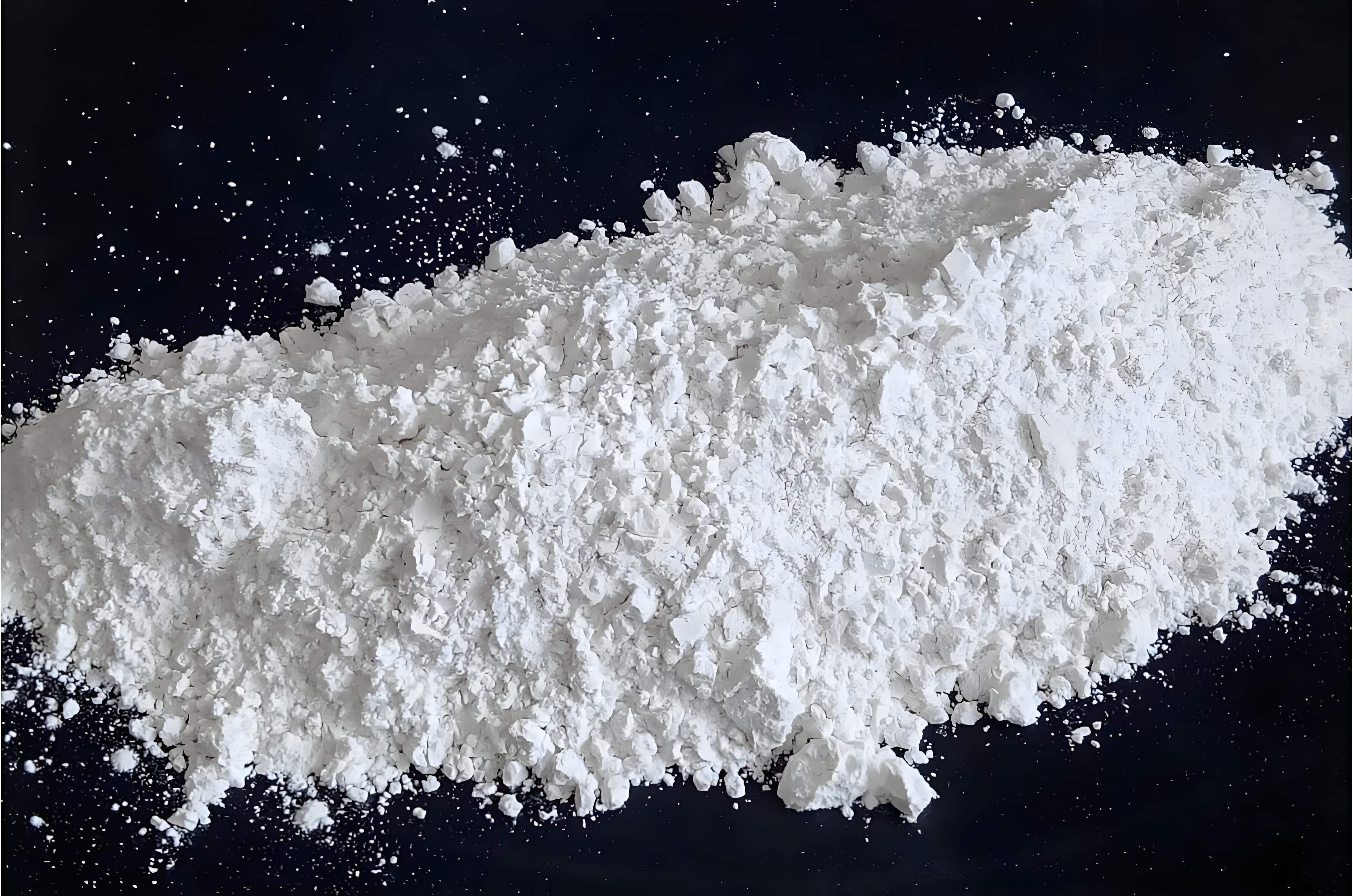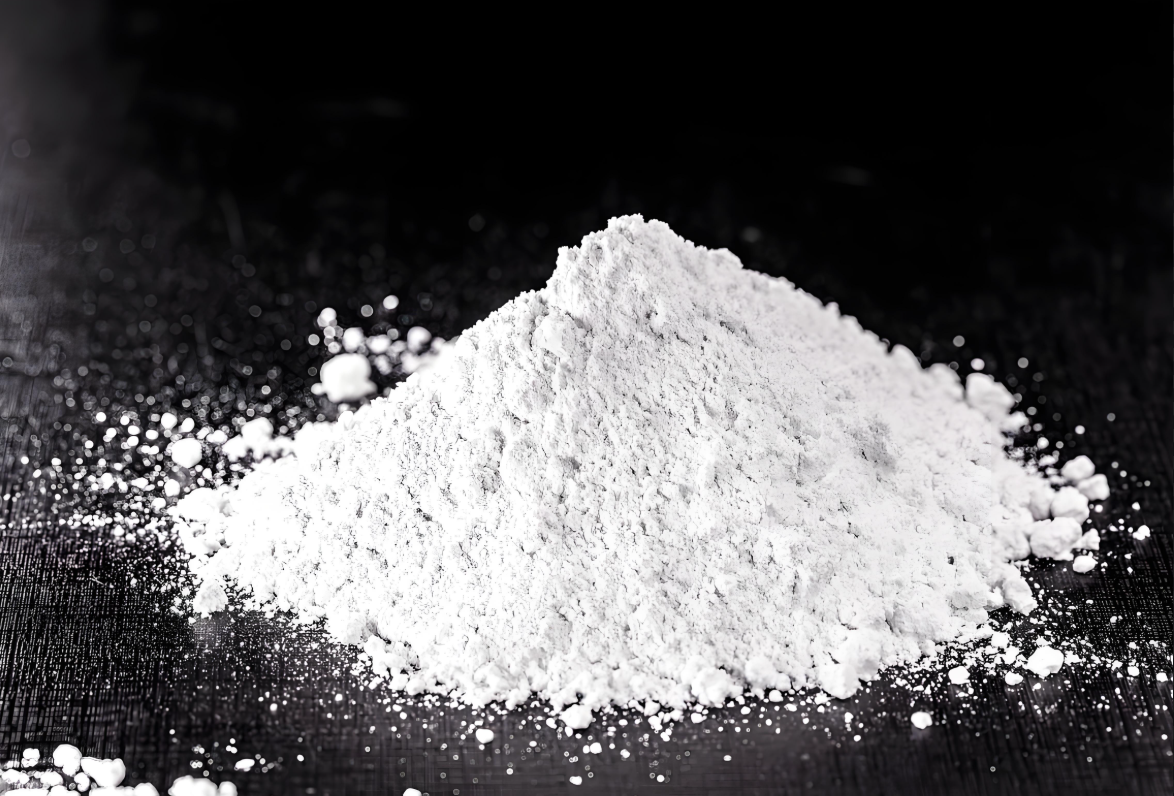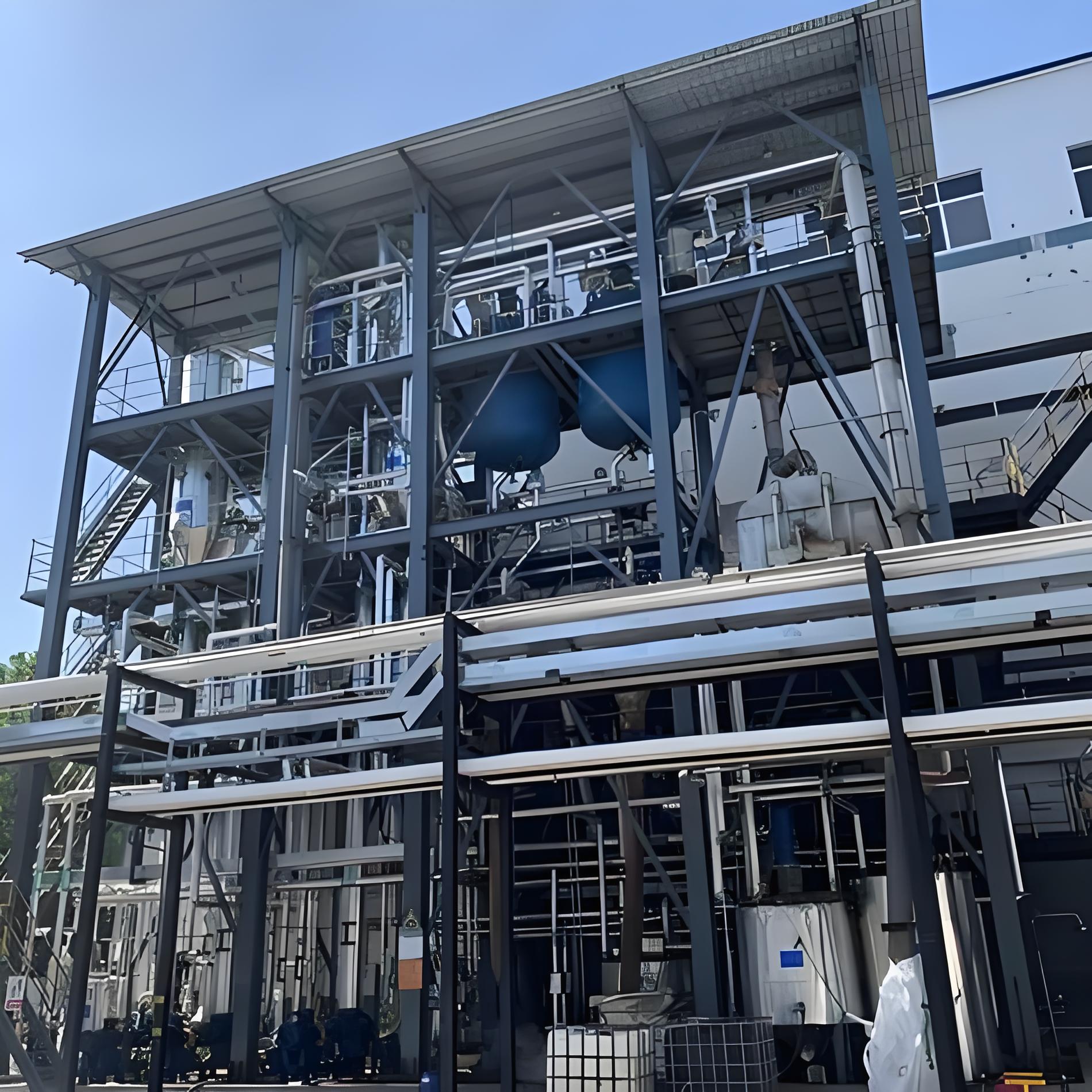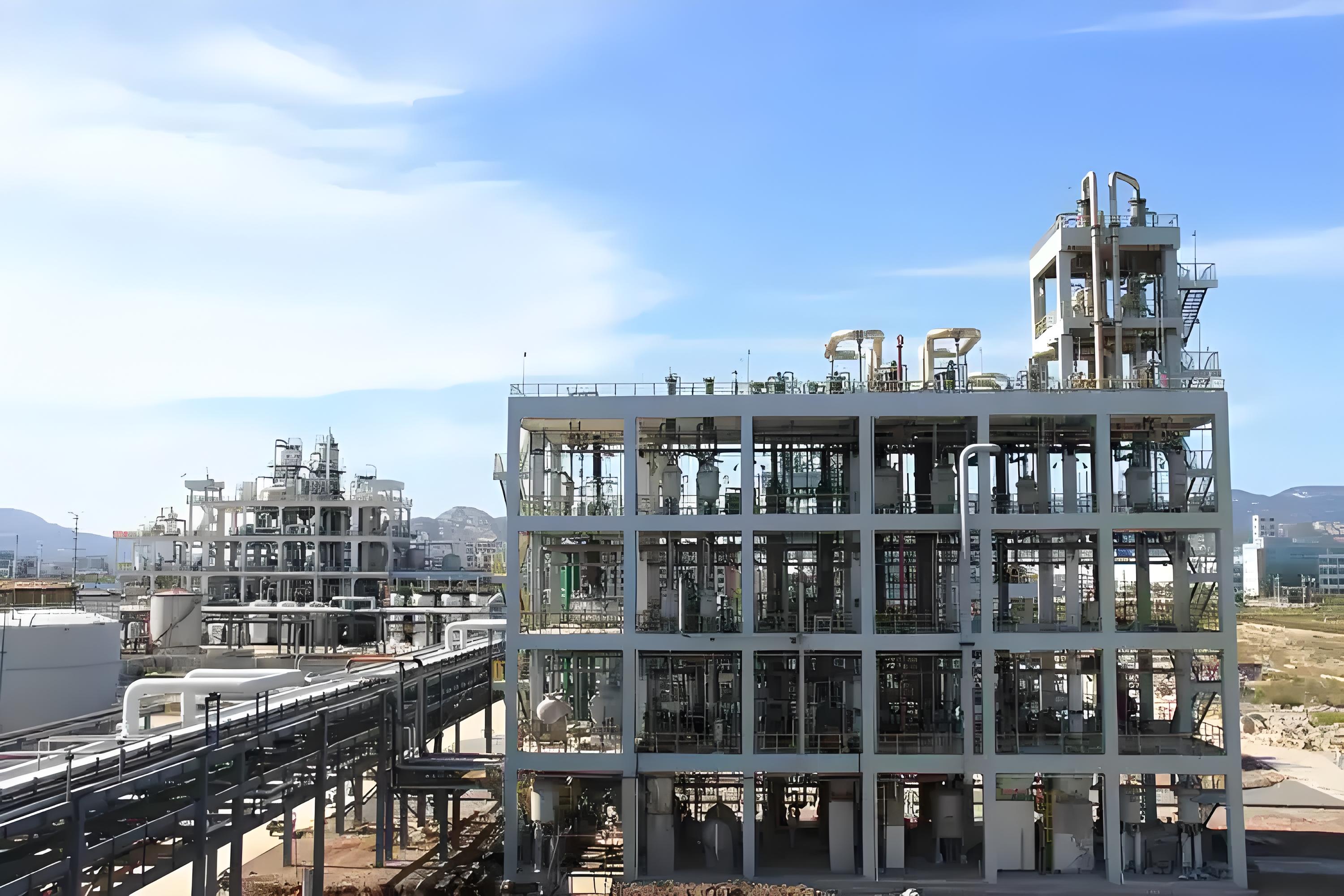Anhydrous barium chloride pneumatic conveying
On site photos of anhydrous barium chloride, Dongkai Company provides feasibility analysis, process design, engineering equipment, commissioning, and installation turnkey engineering services for the pneumatic conveying system of anhydrous barium chloride materials based on actual usage conditions on site
Barium chloride (English name: Barium Chloride) is an inorganic salt compound with the chemical formula BaCl2 and a molecular weight of 208.23. The appearance is white powder, odorless, with a density of about 3.86 g/cm3, a melting point of 960 ℃, and a boiling point of 1560 ℃. It is easily soluble in water (37g/100g, 25 ℃), glycerol, and methanol, slightly soluble in hydrochloric acid and nitric acid, and difficult to dissolve in organic solvents such as ethanol and ether [3] [4] [6]. Barium chloride can undergo a precipitation induced metathesis reaction with some acids, bases, and salts, and can melt in an oxygen and carbon dioxide environment to produce barium carbonate
Physical and chemical properties:
Density: 3.856g/cm3
Melting point: 960 ℃
Boiling point: 1560 ℃
Appearance: White crystalline powder
Solubility: soluble in water, insoluble in acetone and ethanol, slightly soluble in acetic acid and sulfuric acid
Toxicity: Acute toxicity
